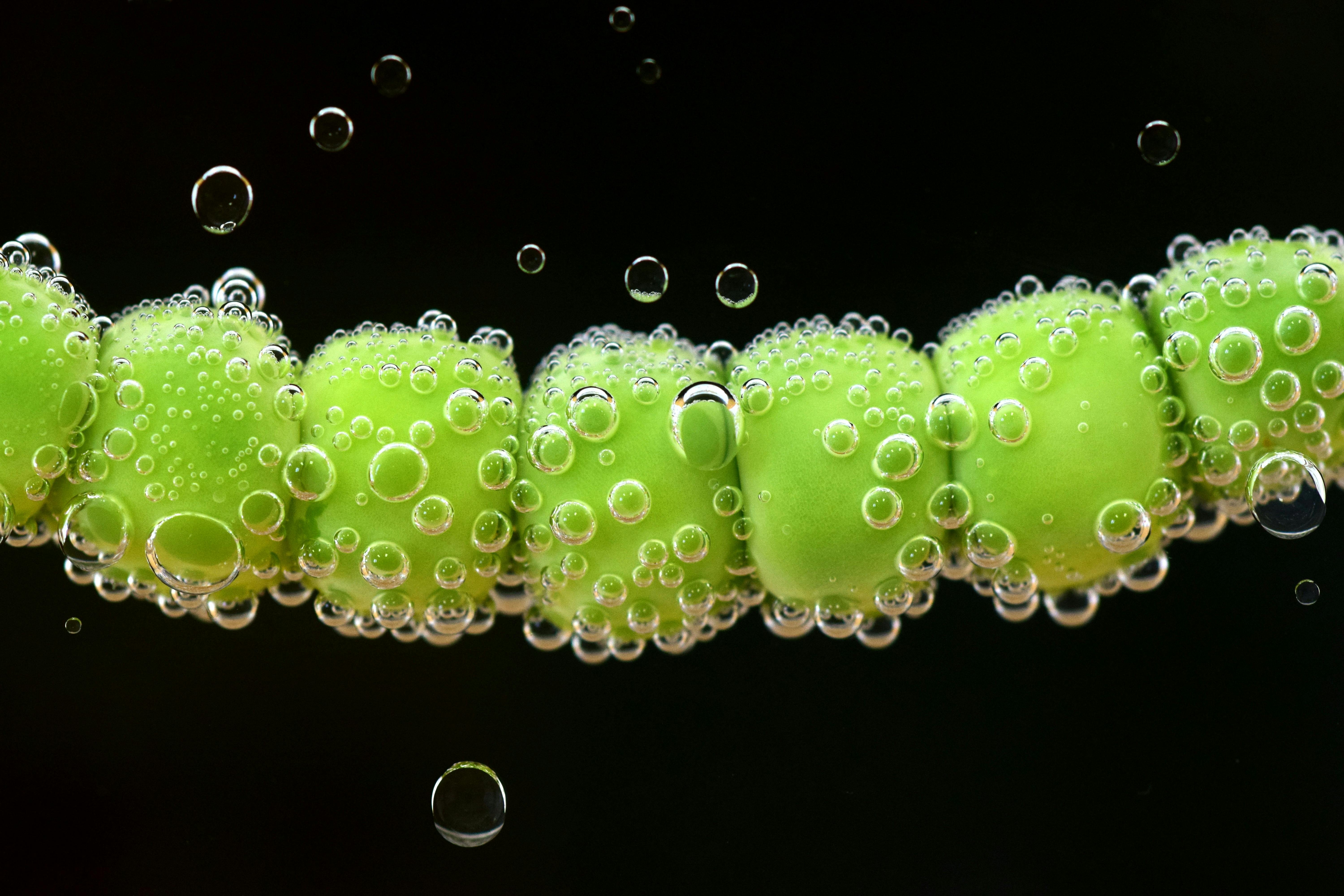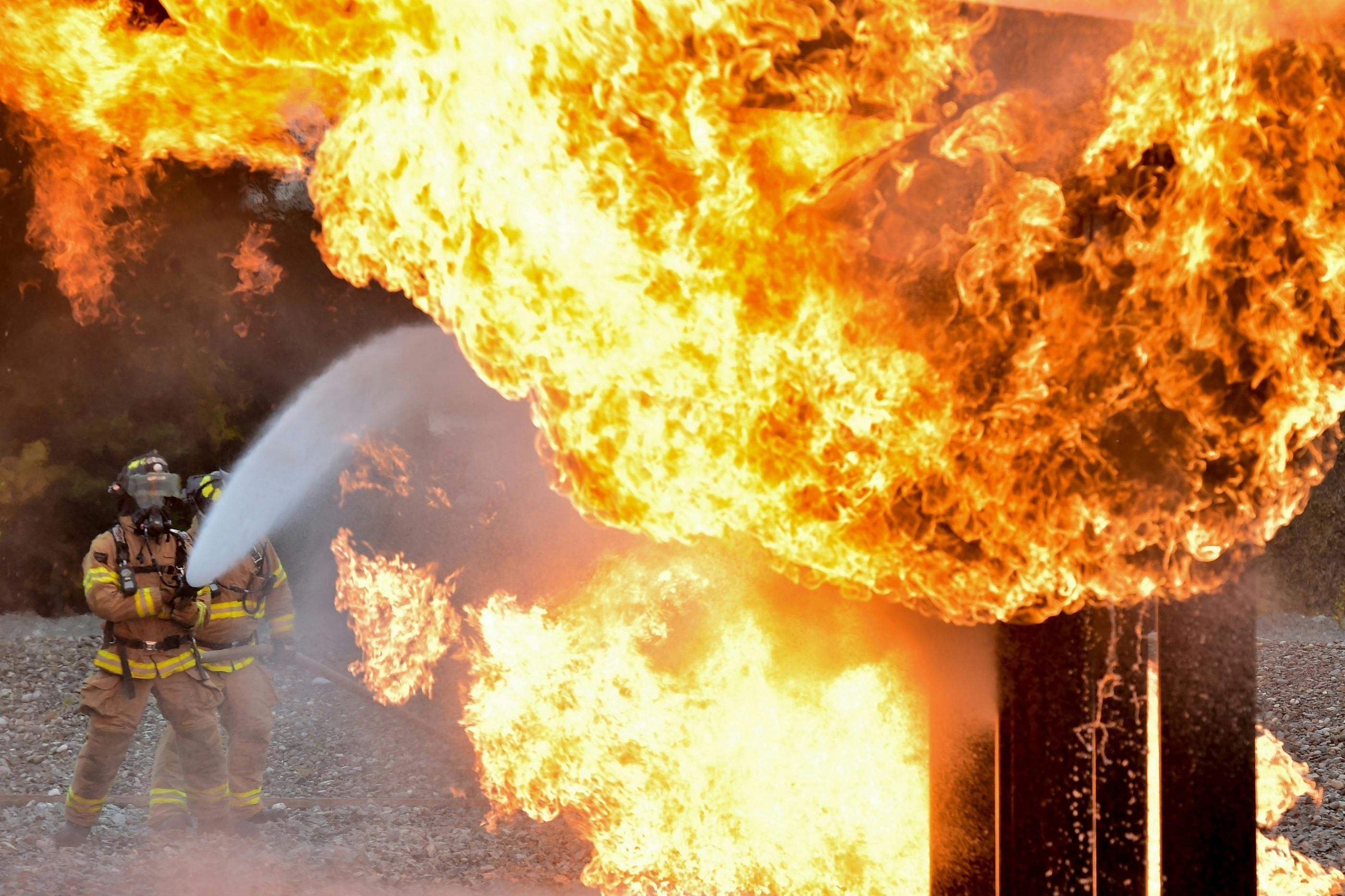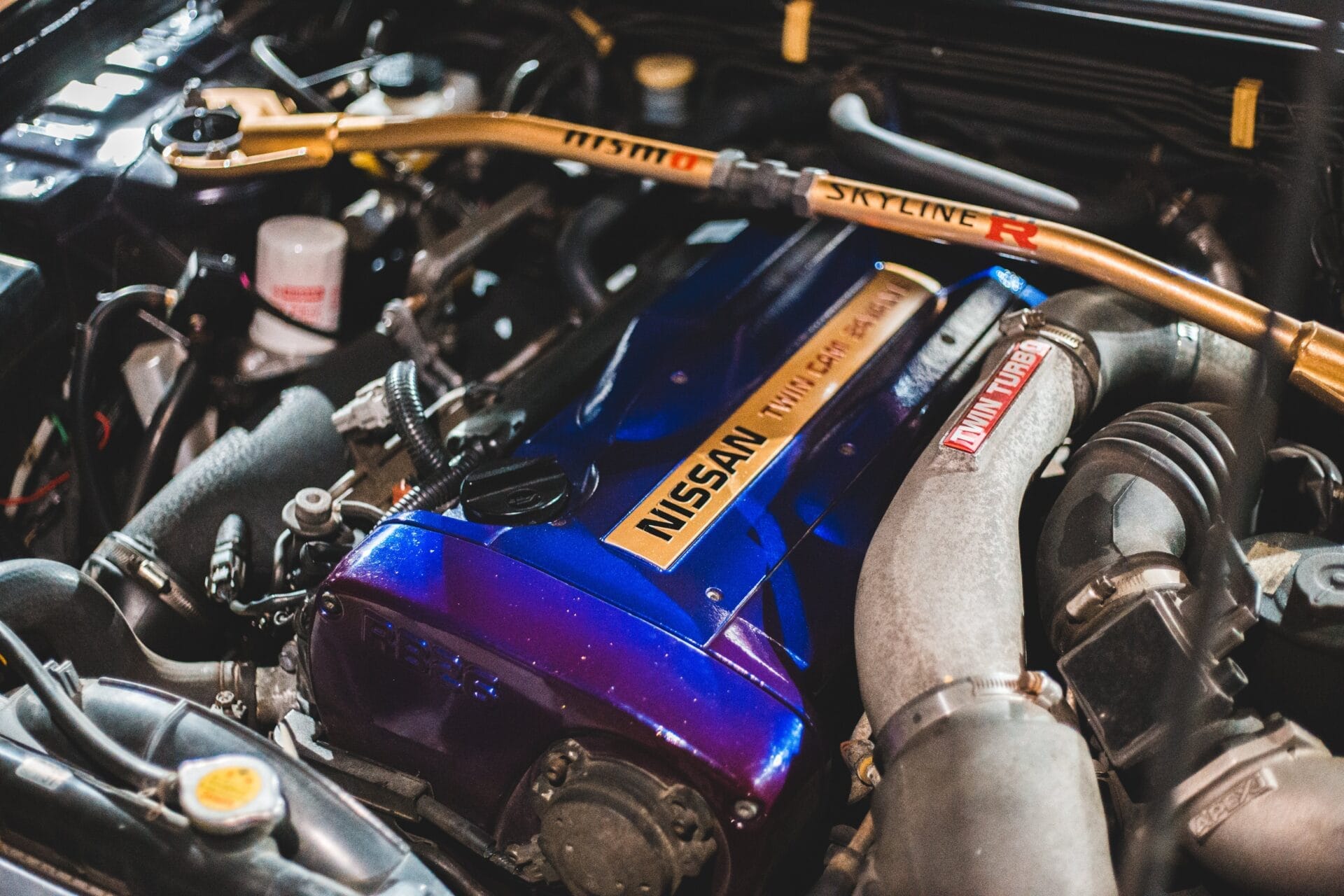If you are noticing that your heat pump is leaking water, it is important to take action quickly to prevent further damage. It is not difficult to fix most heat pump leaks, but it is important to be aware of the potential causes and risks associated with this issue. In this article, we will explain the common causes of heat pump water leakage and provide step-by-step instructions on how to fix it.Heat pumps can leak water due to condensation caused by the cooling process. When the refrigerant is pumped through the evaporator coil, it absorbs heat from the air, resulting in condensation and water droplets forming on the coil. If not properly drained away, this condensation can build up and lead to water leaks from the heat pump. Additionally, a refrigerant or coolant leak can also cause a heat pump to leak water. Refrigerant lines are pressurized in order to move the refrigerant through the system, but if these lines become worn or damaged they can leak fluid which may be mistaken for water leaks.
Diagnosing a Leaking Heat Pump
Leaks in a heat pump can be caused by a variety of factors, including broken seals, worn gaskets, and corrosion. The first step in diagnosing a leaking heat pump is to determine the source of the leak. If the heat pump is leaking from an indoor unit, check for signs of water damage or visible leaks near the unit. If there is no visible sign of water damage or leakage, it could be due to condensation. In this case, check for blocked or clogged condensate lines and ensure that the condensate pump is working properly. If the heat pump is leaking from an outdoor unit, inspect for cracked or damaged pipes and pipe fittings. Check for signs of rusting on metal parts or corrosion on plastic parts.
Once you have identified where the leak is coming from, it’s time to find out what is causing it. Check all seals around the heat pump and look for any wear or tear that could be allowing moisture into the system. If there are any loose connections, tighten them up with a wrench and replace any worn parts as needed. Additionally, check all hoses and pipes for cracks or holes that could be allowing moisture into the system. Replace damaged hoses and pipes with new ones as needed.
Finally, you will need to inspect your heat pump’s evaporator coil for signs of deterioration due to age or use. Look for signs of corrosion on metal parts and check for any signs of oil leaking from the coil itself. If your evaporator coil needs replacing, make sure to do so as soon as possible to prevent further damage to your system.
How to Check If the Drain Line Is Blocked
Checking if your drain line is blocked can be a difficult task if you are not familiar with plumbing. However, it is something that should be done from time to time as it can help prevent major plumbing issues from happening. To check if your drain line is blocked, there are a few steps you should follow.
First, you should inspect the pipe itself for any visible signs of blockage. Look for any debris or buildup that may be causing an obstruction. If there is an accumulation of debris or buildup, then this could be a sign that your drain line is blocked and needs to be cleared.
Another way to check if your drain line is blocked is by using a drain snake. A drain snake is a long flexible rod with a small auger at one end that can reach down into the pipe and break up the blockage. This is often the quickest and easiest way to clear out any clogs in your pipes.
Finally, you can also use a chemical cleaner to try and clear out any blockages in your pipes. Chemical cleaners are usually very effective at breaking down buildup and debris in the pipes, so this may be an option if you do not want to use a drain snake or cannot access the pipe itself. Be sure to follow all instructions on the chemical cleaner carefully as some chemicals can be harmful if used improperly.
By following these steps you should be able to determine whether or not your drain line is blocked and take appropriate action accordingly. If you are still having difficulty diagnosing the issue, it may be best to call in a professional plumber who will have the necessary tools and experience needed to quickly identify and fix any problems with your plumbing system.
Unblock a Heat Pump’s Drain Line
Heat pumps are incredibly efficient and beneficial pieces of equipment, but when they start to malfunction, it can be tricky to diagnose the problem. One common issue is a blocked drain line, which can cause water to back up and pool around the unit or in other places in your home. Unblocking your heat pump’s drain line is a relatively simple process if you know what you’re doing. Here’s how:
The first step is to locate the drain line attached to your heat pump. It should be located near the bottom of the unit and will likely be a plastic tube or hose. Once you’ve identified it, use a wet/dry vacuum cleaner to suck out any built-up debris that may be causing the blockage. If there are still obstructions, try using a plunger to dislodge them.
If neither of these methods works, you may need to manually remove the obstruction from inside the drain line using an auger or snake. Be sure to wear protective gloves and eye protection when attempting this, as some items that could be blocking your drain line can be sharp or hazardous.
Once you’ve managed to unblock your heat pump’s drain line, make sure you check it regularly for any further obstructions. You can also add some septic safe bacteria into the system on occasion which will help break down any organic material that could lead to clogs in the future. With these steps, you should have no trouble keeping your heat pump running smoothly for years to come!
How to Replace the Condensate Pump or Float Switch
Replacing a condensate pump or float switch is an easy task that can be done with some simple steps. First, turn off the power supply to the pump or switch. This should be done at the circuit breaker or by unplugging the unit from an outlet. Then, locate the condensate pump or float switch and remove any screws or fasteners that are holding it in place. Once the unit is free, disconnect any wires that are connected to it and set them aside for later use.
Next, remove the old condensate pump or float switch from its mounting bracket and discard it. Carefully install the new unit in its place, making sure all screws and fasteners are properly secured. Reattach any wires that were disconnected earlier, making sure they are connected to their respective terminals on the new pump or switch. Once everything is in place, turn on the power supply again and check for proper operation of the new unit.
If everything is working as it should, you have successfully replaced a condensate pump or float switch. Be sure to test for correct operation of all components before placing any coverings over them. With regular maintenance and occasional replacements like this one, you can keep your condensate system running smoothly for years to come.

How to Fix a Clogged Filter or Air Handler
A clogged filter or air handler can be a major problem for an HVAC system. If the filter is not changed regularly, it can cause dust and dirt to accumulate in the system, leading to inefficient operation and higher energy bills. A clogged air handler can also reduce air flow, making it difficult to keep your home comfortable. Fortunately, there are several steps you can take to fix a clogged filter or air handler.
The first step is to check the filter. If it is dirty or clogged, you will need to replace it. Make sure you choose the right size and type of filter for your HVAC system. You should also inspect the air handler for any buildup of dirt and debris that may be causing the clog. If there is any visible buildup, use a vacuum cleaner to remove it.
Once the filter has been replaced and the air handler has been cleaned, you should inspect all of the ductwork in your home. Look for any signs of blockage or buildup that could be causing a clog in the system. This includes checking for any loose connections or cracks in the ducts that may be allowing debris into the system.
Finally, you should check all of the vents in your home for blockages as well. If there are any blockages, they should be removed as soon as possible to ensure proper air flow throughout your home. Once all of these steps have been taken, your HVAC system should be running properly again with minimal energy costs.
Can You Seal the Leaky Heat Pump Yourself?
Sealing a leaky heat pump can be a tricky task, especially if you’re not familiar with the process. It’s important to understand that some types of heat pumps are more difficult to seal than others, and it’s best to consult an experienced professional before attempting any repairs yourself. That being said, there are certain simple steps you can take to try and seal a leaky heat pump on your own.
The first step is to locate the source of the leak. This can be done by inspecting the piping and connections for any signs of corrosion or wear and tear. Once the source of the leak has been identified, it’s time to start sealing the unit. Depending on where the leak is located, you may need additional tools such as pipe clamps or epoxy putty to make sure it is properly sealed.
You should always make sure that all connections are tight and secure before attempting any repairs. If there are any loose parts or components, these should be tightened up before proceeding with sealing up the leaky heat pump. In most cases, sealing up a small leak can be done relatively easily by simply replacing worn-out parts or using epoxy putty around piping connections.
It’s important to note that if your heat pump has suffered extensive damage due to a major leak, it may be best to call in an experienced professional for repair work. Attempting repairs on your own could lead to further damage and costly repairs down the road, so it’s best to err on the side of caution when dealing with major leaks. In most cases, however, you should be able to handle minor leaks without too much difficulty.
Overall, sealing a leaking heat pump can be done with relative ease if you know what you’re doing and have access to the right tools and materials. However, if you’re unsure about how best to proceed with fixing your unit then it’s always best to consult an experienced HVAC technician for assistance in order ensure that everything is properly sealed up and functioning correctly again in no time!
What Are the Risks of DIY Heat Pump Repairs?
DIY heat pump repairs can be risky and should only be attempted by experienced technicians. Heat pumps are complex systems that require specialized knowledge and skills to repair. Attempting a repair without the proper training and experience can result in serious damage to the unit, as well as injury or death to the technician. Additionally, improper repairs can lead to inefficient operation or even complete breakdown of the system.
In addition to the risks associated with DIY repairs, there are also legal liabilities to consider. If a technician attempts a repair on their own and causes further damage or injury, they may be held liable for any resulting damages or costs. Furthermore, any improper repairs may void manufacturer warranties or other guarantees, leaving the technician financially responsible for any future repair costs.
Therefore, it is highly recommended that all heat pump repairs are performed by a trained and certified technician. Professional technicians will have the necessary experience and expertise to diagnose and repair any issues with your heat pump quickly and safely. They will also be able to provide advice on how best to maintain your system so that it works efficiently for years to come.

Conclusion
Fixing heat pump leaking water can be a daunting task, but it is not impossible. To fix the problem, you need to identify the source of the leak. If it is due to a clogged condensate line, you can try clearing it with a wet/dry vacuum or by using an automatic condensate pump. If the leak is caused by a damaged seal, you should replace the part or contact a professional to assist you. Additionally, you should ensure that your system is properly insulated and well-maintained to reduce the chances of future leaks.
With some patience and knowledge, anyone can fix their heat pump’s leaking water problem. Remember that ignoring this issue could result in costly consequences down the line—so don’t hesitate to take action as soon as possible!

